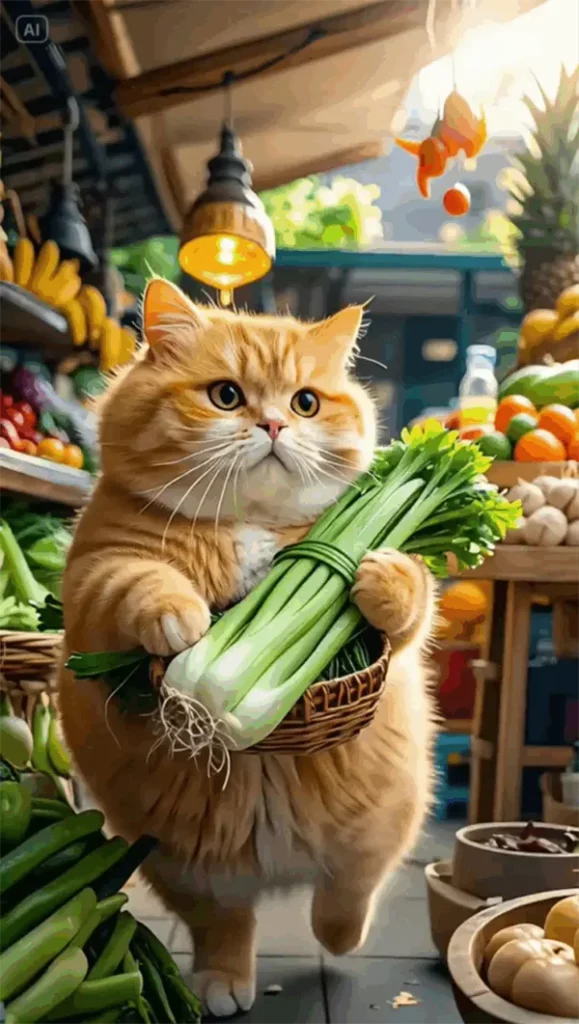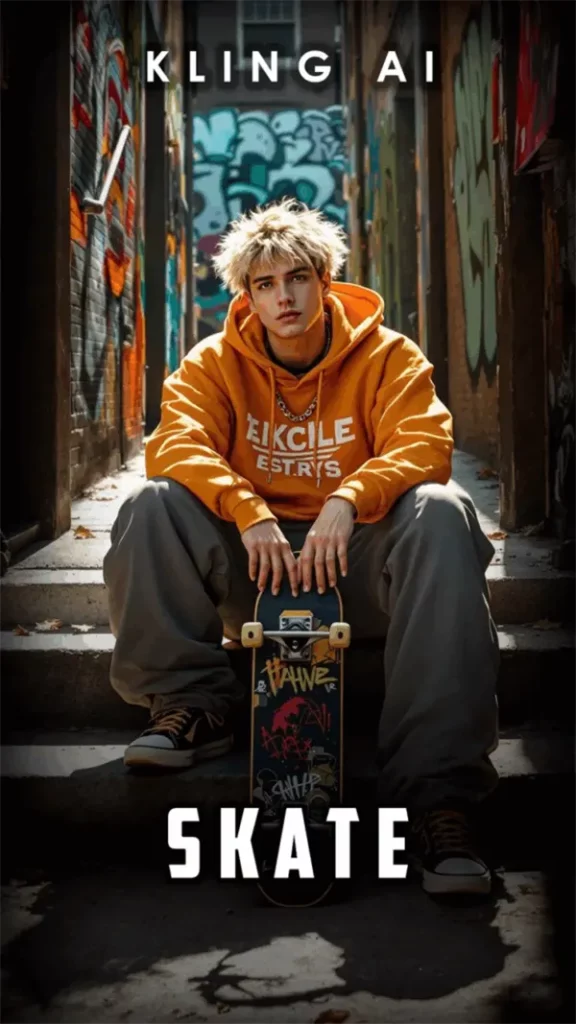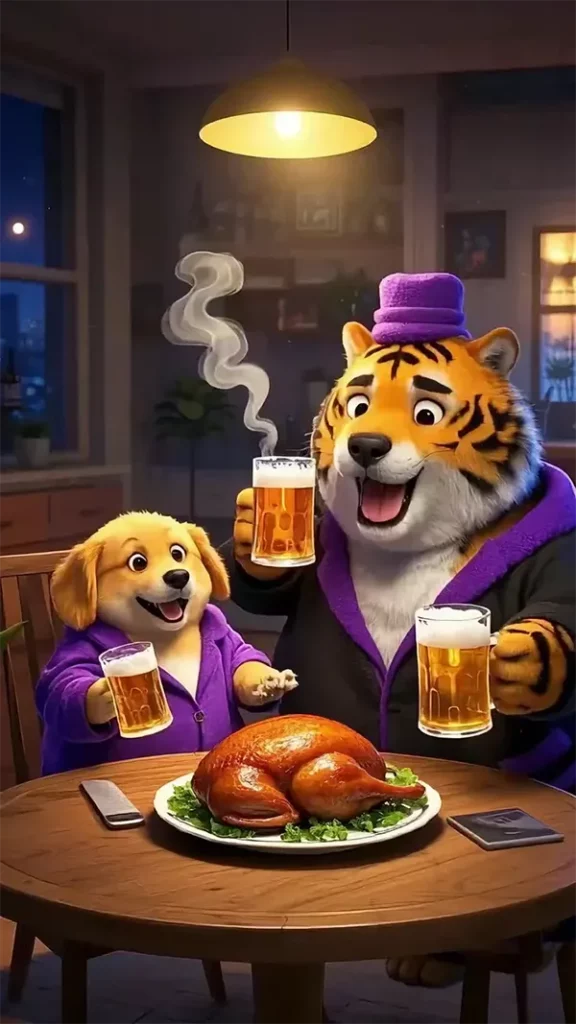In today’s digital age, video content consumption has risen dramatically. A 2025 report from QuickFrame and EMARKETER projects digital video viewers will total 3.78 billion people globally, with 42.6% of the world’s population watching videos on their mobile device.
This presents challenges and opportunities for marketers. Even though video is consistently higher in engagement and conversion rates, conventional video production requires a significant amount of time, resources, and skills. This is where AI Video Generators are changing the face of content creation.
Through the magic of Generative AI, marketers have now been able to simplify their content processes, create quality videos in minutes instead of days, and address the increasing need to create video content on a variety of platforms. In the process of learning what AI Video
Generators can find out why such tools are becoming essential resources in the toolkit of the contemporary marketer, allowing them to realize creative possibilities that were impossible or uneconomical to consider a few years ago.
KEY TAKEAWAYS
- AI video generators drastically cut production time from weeks to hours.
- These tools eliminate the need for expensive production crews, equipment, and studio time.
- AI automates challenging processes like animation, voiceover synchronization, and dynamic text integration.
A significant shift in creating video content has occurred in the past few years, as it is no longer linked with manual editing, which is a labor-intensive process, but rather with advanced automations fueled by AI. The current digital market needs video content at an all-time high, and research shows that companies must create an average of 50-100 videos every month to stay competitive and penetrate all channels. Conventional video production, which often involves specialized equipment, professional crews, and extensive post-processing, is a significant bottleneck to marketing teams.
These drawbacks usually impose weeks-long production cycles and thousands of dollars budgets on each video. Machine learning turns out to be a game-changer, as it has changed the very way modern video creation tools have to work. Now, AI algorithms are capable of comprehending movement styles, visual narrating principles, and aesthetic tastes by examining millions of video samples.
This tech advancement allows marketers to automate the complicated operations, such as visuals, effects, and even creative judgments between scenes. Not only does the execution of machine learning speed up production timelines, but it also democratizes the creation of high-quality video, where a team of any size can have consistent content creation without losing production value.

The core capabilities of AI video generators include:
AI video generators utilize advanced deep learning models to process fixed images to define the best motion trajectories. These systems separate images into various layers, pointing out foreground and backgrounds and possible areas of motion. The AI then uses natural motion patterns via a substantial amount of training data to produce fluid animations that observe physics and visual integrity.
As an illustration, in animating product images, the AI will act as a realistic 360 rotating movement, zoom effects, and a gradual transition between angles. Dynamic lighting effects as well as the changing of point of views are also included in the transformation process to retain the authenticity.

The current AI video generators transcend mere animation. They are better at automatically producing scenes, writing shots and transitions with intelligence driven by the principles of storytelling. The voiceover can be synchronized with audio tracks and also be adjusted to fit a narration, and sophisticated voiceover synchronization features can make the lips automatically follow the audio and the video automatically pursue the narration.
Style customization is useful to marketers to use similar brand aesthetics across several videos, whereas dynamic text integration is used to create local versions, with automated fonts animation and positioning. These can even analyze emotional context and recommend the right music tracks and even visual effects that can complement the overall effect of the message.
AI video generators have hindered the world of content creation by providing marketing teams with unmatched amounts of efficiency. Most importantly, such tools reduce production cycles that last weeks to just a few hours, allowing prompt reaction to a market trend and an opportunity that can be time-intensive.
The repetition of revision numerous times used to be completed can now be done in one afternoon, and professional-level content can be made automatically by workflows in teams. The economic value is also very high with organizations cutting their expensive production crews, equipment rentals, and studio time. Rather, the same resources can be utilized by the marketing teams to focus on tactic efforts and optimization of campaigns.
The scalability advantages can be observed in the context of multi-channel campaigns since AI generators enable the teams to create similar video content on different platforms and retain brand integrity. This technology is also the best in personalization, enabling marketers to create hundreds of variations so far, specific to various geographical areas, audience segments, or product lines without similar proportional time and cost increases.
The possibility to create different versions within a short time also transforms the A/B testing performance enabling a team to test a variety of visual elements, message strategies, and the positioning of the call-to-action at once. This video optimization based on data aids in marketers knowing winning strategies more quickly and changing content strategy based on real-time performance metrics.

You can easily create videos with AI generators with the steps given below:
Before getting into the field of AI video generation, it is important to collect and categorize quality source material. Begin by selecting sharp and bright images that bring out your product/ message in a clear manner.
Ensure that all images are platform specific in terms of resolution and aspect ratio. Ready your brand contents like logos, color schemes and fonts in proper file formats. Write succinct, attractive scripts that fit your visual story and create the best timing of AI transition.
After preparing assets, go to the homepage of the AI video generator of your choice. Social networks such as Kling AI come with an easy workflow to create and share content with ease. Add your media to the asset library of the site and keep these files well organised in folders.
Pick the best templates, which suit your content requirements, or establish unique visual parameters. Save brand settings such as color schemes, transition choices and text animations that can be used in various projects in a uniform manner.
Stage 3: Generation & Refinement
The AI processing will take between 2 and 15 minutes. Since the length and complexity of the video influence the time taken to generate the expected outcomes. Prepare more assets or analyze platform analytics as the AI is working. When done, use the editing interface of the platform to adjust such details as transitions, timing, and text placement.
Numerous platforms offer easy drag and drop features of manipulating video elements without the need to have technical skills. Check on your content on the various formats of devices before you finish so that you would have the best experience of viewing on any platform.
AI video generators are utmost in making various types of content that are critical in the current marketing campaigns. In the case of social media, such tools automatically convert videos to the needs of the platform, which creates vertical in Tik Tok, square shapes in Instagram, and widescreen in YouTube – all using the same source.
Email marketers use AI generators to design video previews that are eye-catching and increase the open rates by up to 300, and are compatible with the major email clients. The 360-degree views are automated, and products have highlights, where AI will produce various variants with a focus on various benefits in various customer groups.
Promotion of events is straightforward when AI tools can convert the event graphics into a video invitation which can be moved and has all the information like the animated schedule and speaker highlights.
Most importantly, however, these generators have the ability to augment user-created content with light enhancement, automatic shake stabilization, and professional transitions, and turn real-world customer videos into refined marketing content without losing their authenticity.
This is an advantage of versatility because marketing departments have the chance to have a consistent video presence across the channels without the need to multiply the production efforts.
Marketers should think of the first-order attribute whenever assessing AI video generators, whereby the platform provides finer output quality manipulations that allow the personalization of the video resolution, frame rates, and compression levels. The fact that the tool fits flawlessly well with the current marketing technology stacks is vital in ensuring effective workflows.
Seek out sites that will allow direct publishing to key social platforms as well as compatibility with famous content management systems. Asset library capabilities have a substantial effect on long-term value and the solutions with the most advanced capabilities are the ones that offer large collections of stock media, provide template libraries that may be configured in any fashion and provide effective asset management systems.
The level of customization is another overwhelming factor, with the best platforms offering such advanced features as creation of presets branded, custom animation paths, and control over the style. In the comparison of pricing models, also take look for the effects of other aspects other than the basic cost of the subscription, which involves limits on output resolutions, quotas on the render time, and extra costs of superior functions.
Probably the best cost effective choices tend to be a balance between fair prices and scalable usage options to encourage increasing content demands without being constrained by narrowly restricted export and processing allowances.

AI Video Generators have become disruptive technologies that can actually cope with the increasing needs of contemporary video marketing. These platforms can be used by marketing teams to generate high-quality video content in large quantities without overworking resources or budgets by automating the complicated production processes and significantly depressing creation timelines.
The introduction of high-end AI functionality – automated personalization, intelligent animation, etc. – has made video creation a democratic process, enabling organizations of any size to contend in the visual-first digital environment. With the further development of AI technology, we are likely to see innovative features and innovative opportunities appear and make the video creation process even less complicated.
To remain competitive in a world that is becoming more and more video-centric, using AI video generators is not an option here but an accelerating strategic requirement among marketers. With such potent solutions in place in the modern environment, the marketing teams will be able to take a lead in the realm of content innovation, which will be able to face tomorrow and handle the creative demands, confident and agile.
